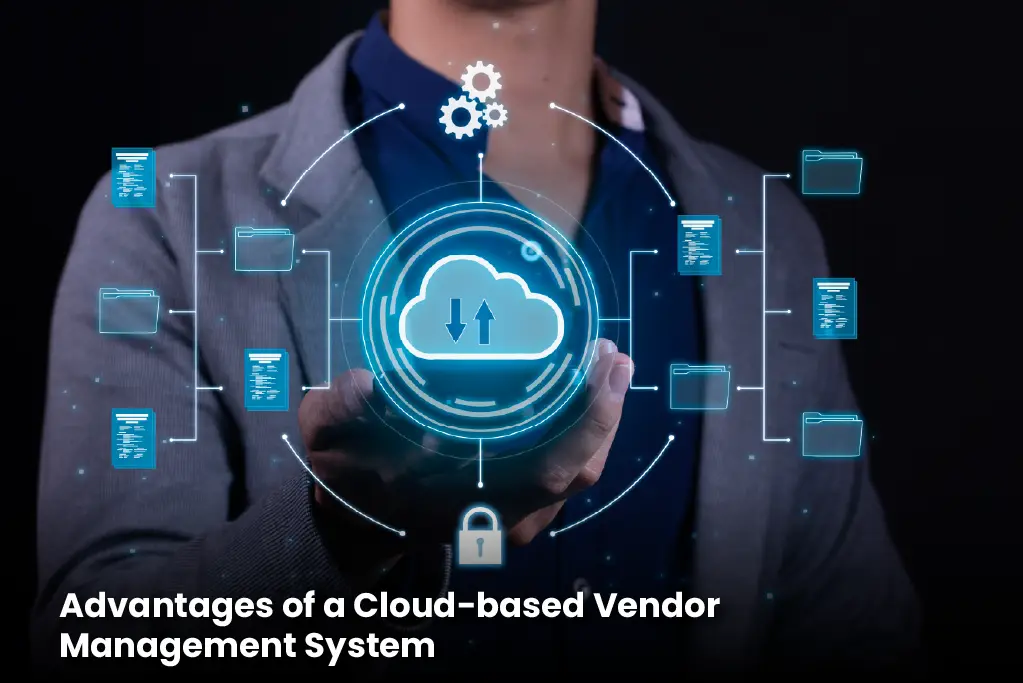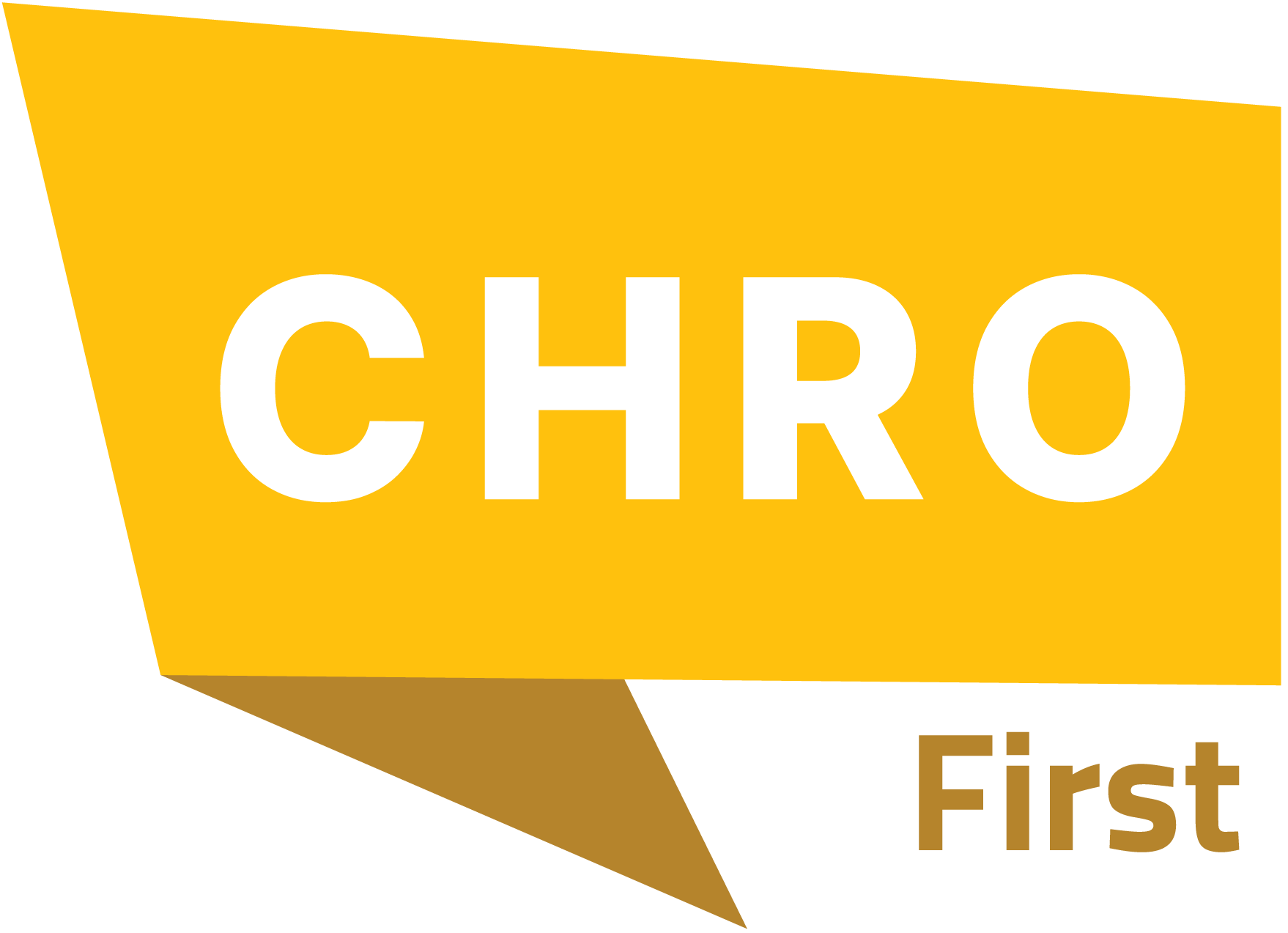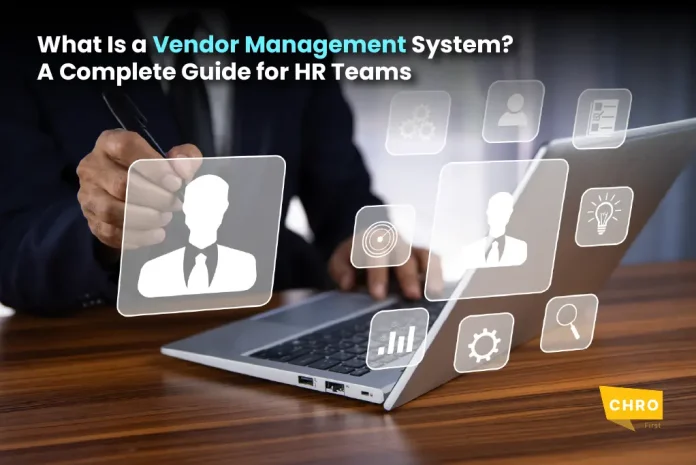Managing external vendors, especially temporary staff and contract workers, is getting more complex every year. HR teams are under pressure to track costs, monitor compliance, and ensure smooth onboarding, all while dealing with multiple vendors and systems. That’s where a vendor management system (VMS) comes in.
A VMS helps HR departments manage their entire external workforce from one place, saving time, reducing errors, and improving transparency. In fact, according to a 2023 report by Staffing Industry Analysts, 79% of large companies are now using a VMS to manage contingent labor more efficiently.
In this guide, we’ll break down what a VMS is, how it works, and why it’s becoming essential for HR teams in today’s workforce landscape.
What is a Vendor Management System?
Vendor management systems, or VMSs, are cloud-based software platforms that address a common issue for many multinational corporations: how to locate, hire, and manage its external workforce, including service providers and contract or contingent workers.
Industry research estimates that 30–40% of the U.S. employment consists of contingent workers, and by 2050, this percentage is predicted to increase to 50%. Additionally, studies show that roughly 54% of businesses will use the contingent workforce in their strategic planning. As a result, company executives are adjusting to the changing needs of their workforce. According to a survey, 93% of executives think that leveraging technology to enhance team performance and work results is crucial to the success of their company.
Why is a VMS System Important?
A VMS is now more important than ever because, according to recent data, one in two executives intends to boost their usage of outsourced staff.
Companies are increasingly depending on the external workforce, including contractors, temporary and seasonal workers, and services firms managed under statements of work (SOW), to augment and supplement their overall talent base. This is due to a number of factors, including increased globalization, a more competitive marketplace, and the need to fill specialized roles.
The advantages of a vendor management system are evident in today’s digitally-based, remote, and global workforce: Businesses can hire people and services from all over the world with flexibility and agility, acquiring in-demand talent, expanding up or down, speeding up to value, and, in the end, outperforming less agile competitors.
But it can be hard to find and manage the correct combination of labor. There are economic, security, legal, financial, and compliance ramifications to take into account, especially when hiring a flexible, dispersed staff. Without a VMS, businesses that self-administer their extended workforce internally may encounter management and administrative difficulties.
Employees and labor contractors may be dispersed throughout nations or continents with disparate labor and compliance regulations, or they may be dispersed throughout corporate divisions with disparate internal procedures and technological systems. The hiring, onboarding/offboarding, and talent sourcing processes include numerous parties and geographical locations, which greatly increases the risk of poor communication, inefficiencies, untracked procedures, and low visibility.
Where Are Contingent Workers Mostly Hired?

Contingent workers are used across many industries. But some industries use them more than others. 35% of contingent workers are in professional services. This includes IT, consulting, legal, marketing, and finance.
Other industries like healthcare, manufacturing, and retail also use a lot of temporary and contract staff. For example, hospitals hire travel nurses or locum doctors. Retail companies hire seasonal workers during peak times. Manufacturing companies bring in contract labor for short term projects.
Knowing where contingent workers are most common helps HR plan better. It also helps manage compliance risk. Rules and pay rates can vary a lot by industry. A VMS makes it easier to track these details, follow labor laws, and avoid mistakes.
By using a VMS, HR can also compare costs, supplier performance, and worker quality across industries. This helps them make better decisions and save money in the long run.
Key Features of a Robust VMS
Not every vendor management system available on the market is made equally. Every company should search for strong VMS’s features and value propositions.
The following are the major features of vendor management systems:
- Total Workforce Visibility: A company can manage its flexible workforce more methodically and systematically by using vendor management software. Organizations may easily attain complete workforce visibility, optimize cost savings, enhance worker quality and productivity, and enforce compliance with the help of a VMS.
- Extensive Reporting: By producing data-driven, comprehensive reports and comparing the evaluation to the industry as a whole, vendor management software enables users to precisely assess time, cost, compliance, quality, and quantity.
- Effective Procedures and Compliance: Even if the programs are run separately, organizations can use a VMS to establish uniform practices throughout the whole organization, including across departments, regions, brands, or divisions. This helps ensure adherence to internal and local government policies in addition to improving organizational efficiency.
- Applicant Tracking: A VMS’s robust applicant-tracking features make it easier for businesses to find the best candidates and services while streamlining the recruiting process. The application performs automatic activities that remove time-consuming administrative tasks from the time a resource is sought until employees are on-boarded. Hiring managers can instantaneously approve or reject items from any location, allowing the relevant workflow to move forward without interruption.
- Data Analysis: Improved enterprise-wide decision-making may be made possible by vendor management software’s data analytics features. To assess accomplishments, make required modifications, and consistently generate favorable outcomes, a VMS offers direct access to an organization’s whole contingent worker program.
Apart from these essential characteristics, there are a plethora of outstanding VMS advantages that give businesses a competitive edge, ranging from cost reductions and compliance to enhanced onboarding and process enhancements.
Advantages of a Cloud-based Vendor Management System

- Cloud-based process automation for onboarding, offboarding, project management, sourcing, vetting, assignment management, and invoicing
- Event-driven reminders, controls, and information that are all managed and auditable in a single system for everyday compliance and risk reduction
- Rapid supplier matching using pre-established parameters, integrated supplier data, and performance tracking throughout supplier lifecycles
- Complete mobile access to timekeeping, payment processing, and reimbursement of expenses, along with integration with current timekeeping and payment systems
- Automatic, thorough, and immediate reconciliation reporting results in lower costs by reducing training, hiring, and administrative expenditures.
- More openness among your employees can help you better see, monitor, and manage all kinds of workers, even those who are paid by a third party.
- Automated sourcing reduces the time to fill positions from months to days, allowing for a better candidate experience and rapid access to the right personnel.
- A simpler route to worker and contractor productivity and improved onboarding with a more transparent, expedient, and fulfilling employee experience
- Improved talent pool through more intelligent upfront talent sourcing choices and thorough use of internet talent marketplaces and services
- Machine learning to monitor market rates, suggest prospects, simulate hiring scenarios, and benchmark pricing for professionals with comparable experience and skills.
Bottom Line
A vendor management system isn’t just a nice-to-have anymore, it’s a must for HR teams working with external talent. From saving time on paperwork to compliance and cost savings, a good VMS can simplify your entire vendor workflow.
As the gig economy grows and workforce models change, having the right system in place helps HR stay in control and make better decisions. Whether you’re managing a few contractors or a global temp workforce, a VMS gives you the visibility and structure you need to succeed.
If your HR team isn’t using one yet, now’s the time to start looking.

